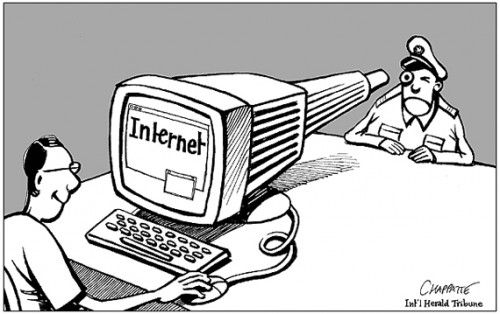If you walk round Cambridge in Massachusetts in June, you find the streets filled with discarded belongings. The students are leaving Harvard, MIT, Boston University and all the others institutions and as they leave they abandon the things they cannot take with them by the side of the road. Many stacks of things have a little note or post it attached saying ‘take me’ or ‘free, working’, and it is very much part of the culture to take things.
On my final few days in Cambridge last week I walked the streets with my kids from one park to another, and I collected some interesting things, including some very interesting and expensive pieces of second hand technology.
I collected a pair of M Audio AV40 studio speakers, fully functioning and beautiful to listen to. List price $229.99. A few scratches on the top of one but obviously only had light domestic use. Into the back of the bike trailer they went and onward on our hunt.
Further down the road I picked up a large 27 inch LCD computer screen, again lightly used and well looked after. At least $200 if you buy it new, as its previous owner had done probably 9 months before.
I was fortunate enough to pass a young student as she emptied her office into a box on the street, so I collected 6 Moleskin divided folders ($26 each), 200 blank DVD’s and cases, about 60 blank CD’s and 2 nice moleskin notebooks. Into the trailer, the kids can walk.
Last year I saw bags of cables, modems and power units, and as I moved from Europe I took what I needed.
On this trip I also saw a 32inch flat screen TV but I couldn’t carry it, and a standard size LCD TV too but with no remote control. I left that where it was too and will explain why.
The thing about TV’s and monitors is that you have to pay $25 for the city services to pick them up, so many are abandoned. If you pick one up and it doesn’t work you have to pay to dispose of it, or leave it outside again for someone else to do the same. Either way not a great result. I also saw at least 10 old cathode TV’s, only one with the label to demonstrate that it had been paid for.
This started me thinking about the effect that a moving student population must have on the technology market and by extension the development of new products. Practically every student has a laptop, smart-phone, TV and high speed internet at home and these things are all paid for when they move to their university of choice. Producers must see a massive peak in September, and an associated rise in profits.
So this leads to the question of what happens to all of this stuff when they move on. In many cases they take it, but some cannot be transported and is left, either by the side of the road, dumped or left in the house.
As we all know the dumping of technology is extremely damaging, recycling a must but also ethically dubious, so how about something like the Cambridge model?
The model is also used here for cans and bottles. If you buy a beer in a bottle or can, the can or bottle has a value. If you take it back to the shop they recycle it and give you 10c back. I have seen the same model with plastic bottles in Scandinavia. The result of this scheme is that a business has grown up around collecting empty bottles etc from the bins, students in the case of Scandinavia and homeless people here.
Well, for however much you might not like the idea of going through somebody’s recycling bin for returnables, it looks like an extremely efficient form of recycling to me, and revenue for those people that really need it. And although I don’t do bottles you should see my well stocked office and hear my stereo at home!
Waste less!


